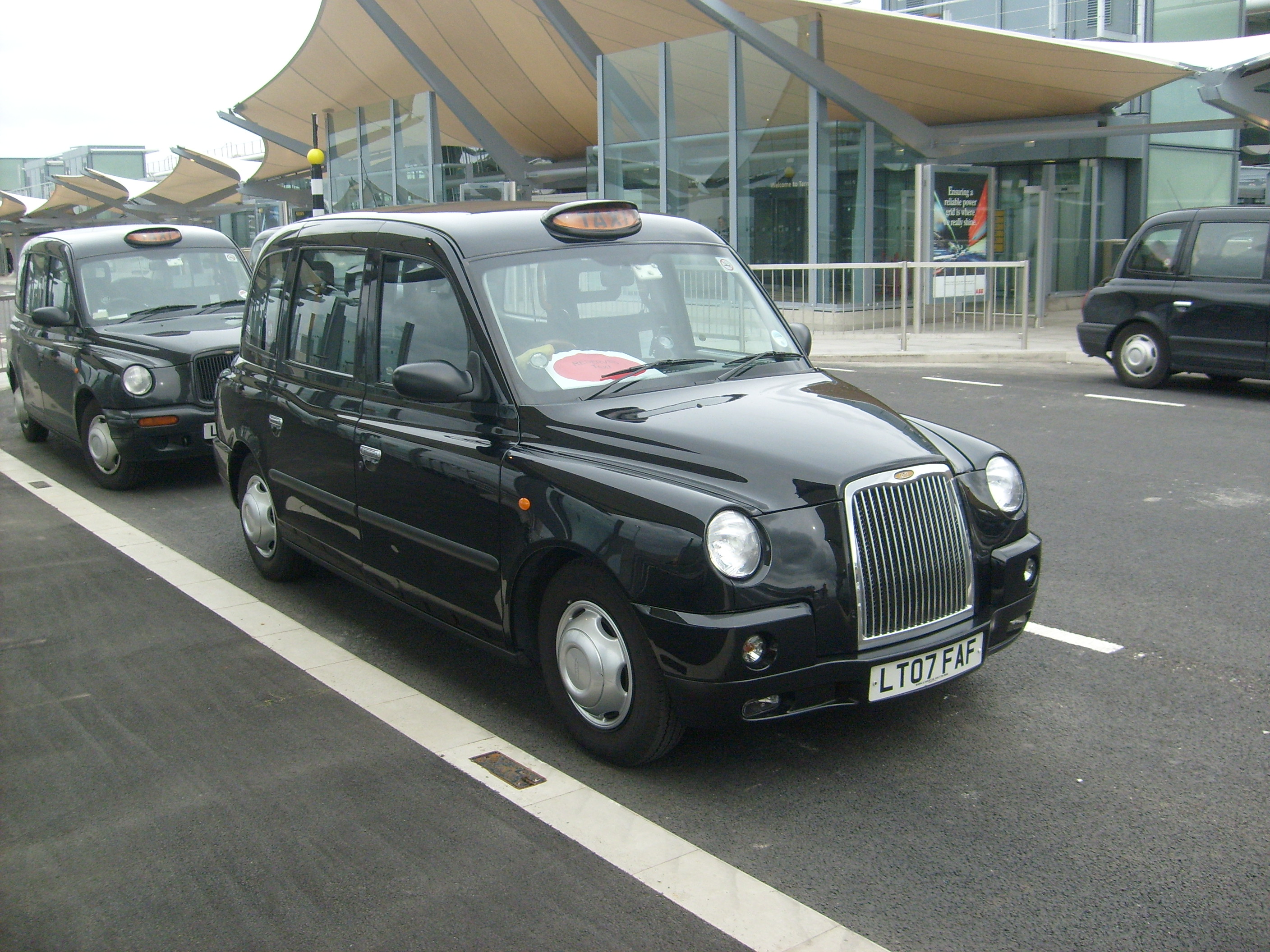Conditions Of Fitness on:
[Wikipedia]
[Google]
[Amazon]
 The Metropolitan Conditions of Fitness for Taxis set out the requirements for vehicles that may be used as licensed
The Metropolitan Conditions of Fitness for Taxis set out the requirements for vehicles that may be used as licensed
 The Metropolitan Conditions of Fitness for Taxis set out the requirements for vehicles that may be used as licensed
The Metropolitan Conditions of Fitness for Taxis set out the requirements for vehicles that may be used as licensed Hackney carriage
A hackney or hackney carriage (also called a cab, black cab, hack or London taxi) is a carriage or car for hire. A hackney of a more expensive or high class was called a remise. A symbol of London and Britain, the black taxi is a common ...
taxi cab
A taxi, also known as a taxicab or simply a cab, is a type of vehicle for hire with a driver, used by a single passenger or small group of passengers, often for a non-shared ride. A taxicab conveys passengers between locations of their choice ...
s in London
London is the capital and largest city of England and the United Kingdom, with a population of just under 9 million. It stands on the River Thames in south-east England at the head of a estuary down to the North Sea, and has been a majo ...
. They are what makes London's taxis unique in the world and are governed by Transport for London's Taxi and Private Hire office (formerly the Public Carriage office).
Rules governing London's horse cabs had been in existence in one form or another since the 17th century, but the first Conditions of Fitness specifically written for motor cabs were introduced in May 1906 by the then licensing authority, the Public Carriage Office
Taxicabs are regulated throughout the United Kingdom, but the regulation of taxicabs in London is especially rigorous with regard to mechanical integrity and driver knowledge. An official report observed that: "Little however is known about ...
, which was part of the Metropolitan Police
The Metropolitan Police Service (MPS), formerly and still commonly known as the Metropolitan Police (and informally as the Met Police, the Met, Scotland Yard, or the Yard), is the territorial police force responsible for law enforcement and ...
. They were written under the guidance of W. Worby Beaumont, who was recommended to the Public Carriage Office by Lord Montagu of Beaulieu
Baron Montagu of Beaulieu (, Engl. pronunciation: "bewley", from French ''beau'', "beautiful" and ''lieu'', "place"), in the County of Hampshire, is a title in the Peerage of the United Kingdom. It was created in 1885 for the Conservative pol ...
. As well as laying down the 25 ft turning circle, they also demanded a 10-inch ground clearance. These regulations remained virtually unaltered until 1927, when they were reviewed, and the ground clearance relaxed to 7 inches. A demand for the turning circle to be relaxed to 35 ft was refused. The rules received minor changes to fit in with the changes in motor vehicle design, but a second major review was launched by the government after the turmoil surrounding the introduction of the minicab
Taxicabs are regulated throughout the United Kingdom, but the regulation of taxicabs in London is especially rigorous with regard to mechanical integrity and driver knowledge. An official report observed that: "Little however is known about ...
. The status quo was maintained, although the demand for a separate chassis was done away with.
On 1960-11-09, Parliament debated Taxis.
In 2002, the Conditions of Fitness, or more specifically the turning circle was challenged by a group of people who were adapting existing commercial vehicles into wheelchair accessible taxis for the provincial market. They wanted to enter the London market and argued that, with modern power steering the turning circle, which was a barrier to their entry was no longer necessary. The review found once more in favour of the status quo, but this decision was challenged by judicial review
Judicial review is a process under which executive, legislative and administrative actions are subject to review by the judiciary. A court with authority for judicial review may invalidate laws, acts and governmental actions that are incompat ...
. After a protracted study, the PCO again found that the turning circle was essential to maintain mobility. The current conditions have been applicable since 1 January 2007.
The conditions require that all vehicles manufactured for use as licensed taxi cabs in London must be inspected for compliance with the standard before use. They regulate compliance with general UK and European vehicle standards and with specific design requirements including access to the vehicle, dimensions and layout, manoeuvrability, visibility and equipment.
Amongst the main requirements are the need for separate passenger and driver compartments, high internal headroom, a ramp for wheelchair user access and the ability to turn through 180° on either lock between two walls apart to minimise the impact of the many taxis operating in the city on other road users.
Two production vehicle models comply with the current conditions: the London Taxi Company TX4
The TX4 is a purpose-built taxicab (hackney carriage) manufactured by The London Taxi Company, a subsidiary of Geely Automobile of China. From 2007 until their liquidation in 2013 it was manufactured by LTI. It is the latest in a long line of p ...
and a specially-modified taxi variant of the Mercedes-Benz Vito
The Mercedes-Benz Vito is a mid-sized light commercial vehicle (LCV) produced by Mercedes-Benz, available as a panel van, chassis cab, or multi-purpose vehicle (MPV), carrying cargo or up to eight passengers. In the Mercedes-Benz van lineup, it ...
with steerable rear wheels.
Notes
References
{{London Hackney Carriage Taxicabs Taxis of London